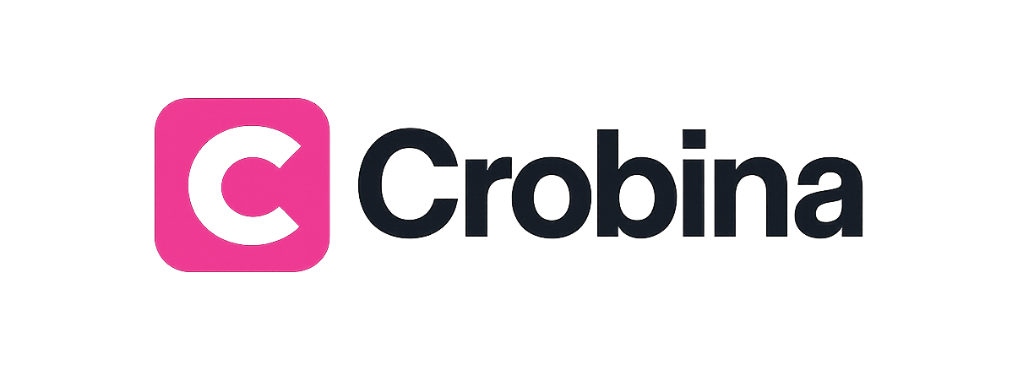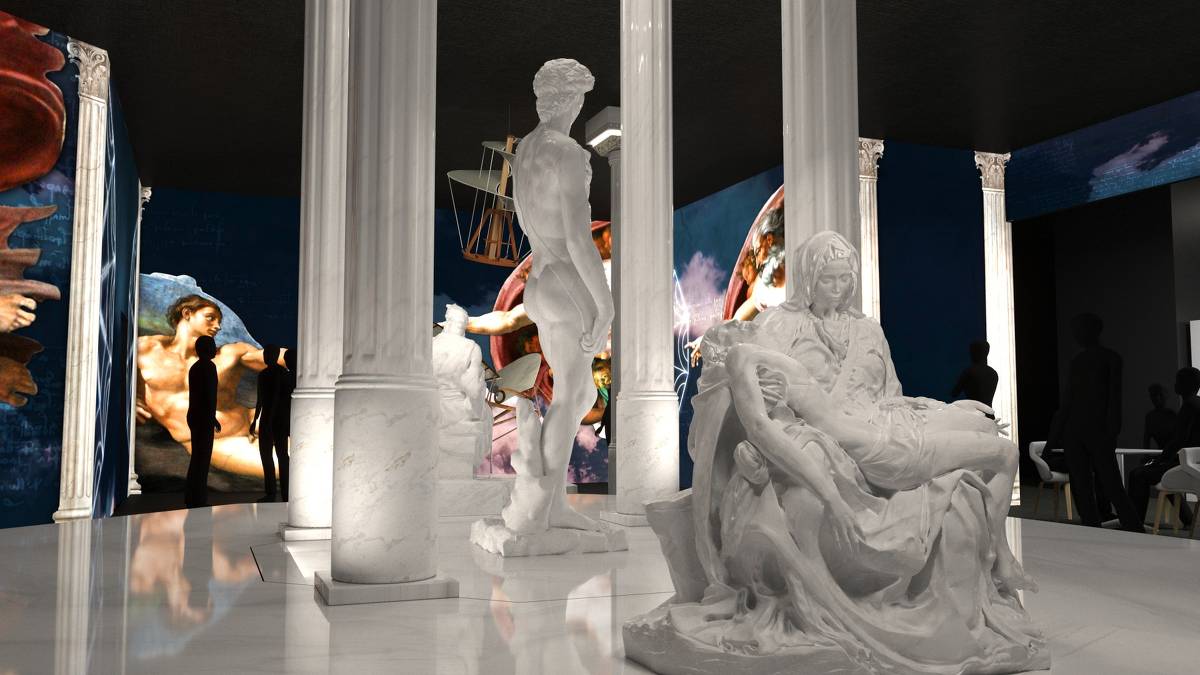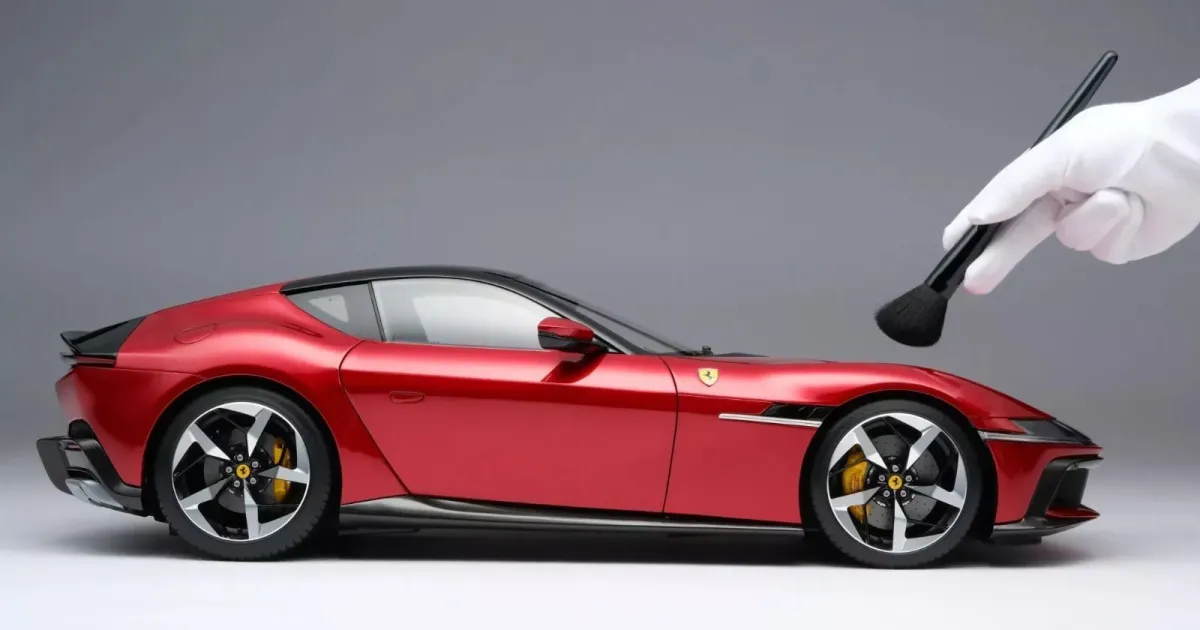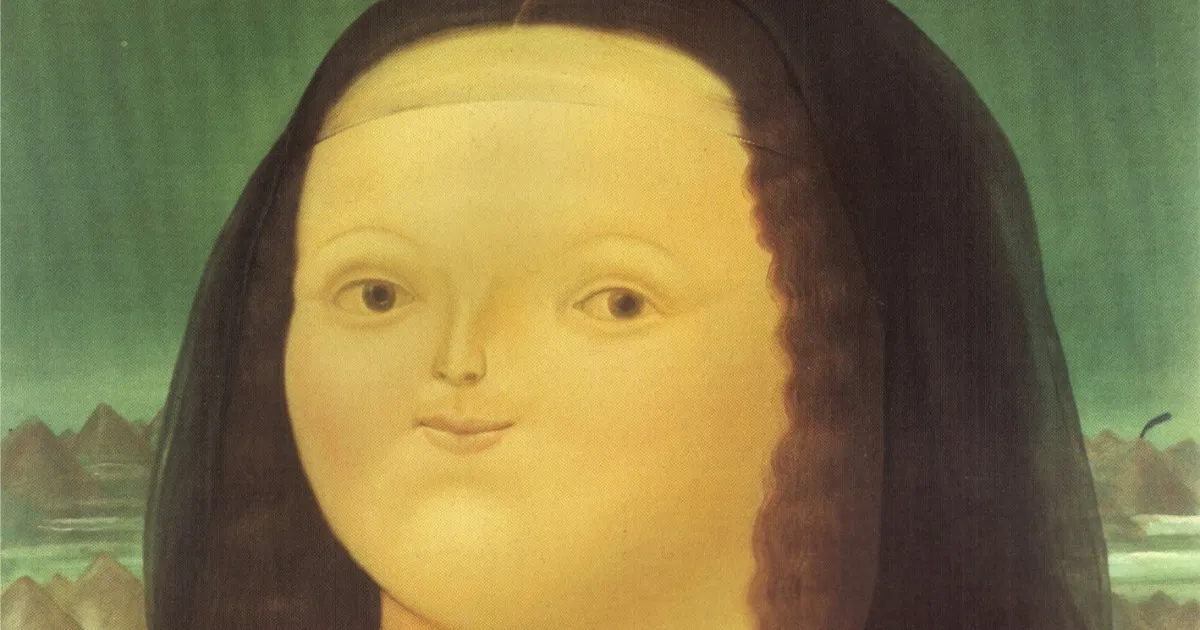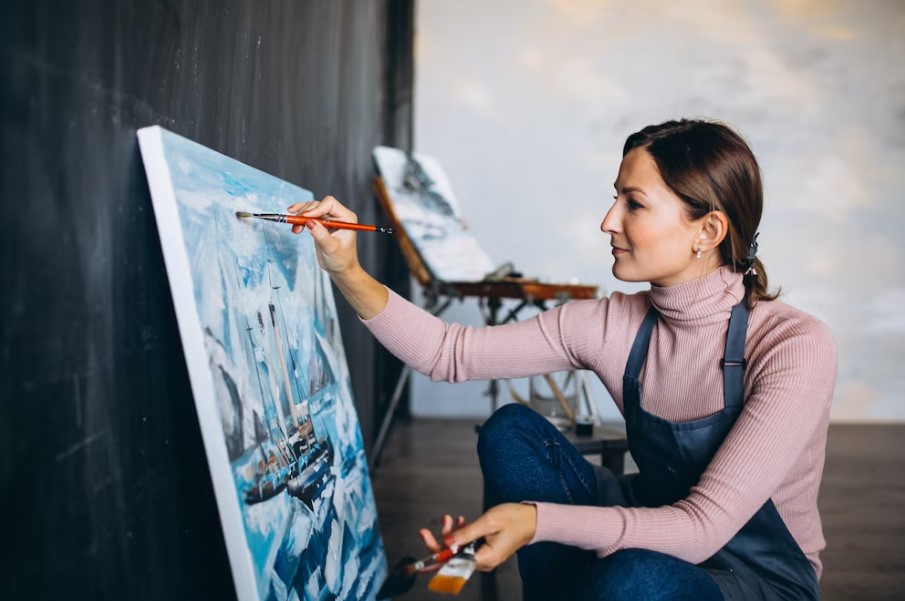Mixed media art breaks traditional boundaries, inviting creators to explore endless possibilities through the fusion of materials, techniques, and digital tools. This journey into cross-disciplinary creativity opens doors to innovative expression.
🎨 The Revolution of Cross-Disciplinary Creative Practice
The contemporary creative landscape has transformed dramatically over the past decade. Artists, designers, and makers no longer confine themselves to single mediums or traditional methods. Instead, they embrace a fluid approach that combines painting with photography, digital illustration with physical sculpture, and traditional craftsmanship with cutting-edge technology.
This cross-pollination of disciplines represents more than just aesthetic experimentation. It reflects a fundamental shift in how we conceptualize creativity itself. By breaking down the walls between different artistic practices, creators discover unexpected connections, develop unique visual languages, and solve creative problems in innovative ways.
The mixed media approach encourages what cognitive scientists call “divergent thinking”—the ability to generate multiple solutions to a single problem. When you combine watercolors with digital manipulation, or collage with video elements, you’re not just creating hybrid artworks; you’re training your brain to think beyond conventional categories and limitations.
Understanding the Foundation: What Makes Mixed Media Dynamic
Dynamic mixed media projects distinguish themselves through their layered complexity and multidimensional presence. Unlike single-medium works, these creations engage viewers on multiple sensory and intellectual levels simultaneously.
The “dynamic” aspect refers to the interplay between different elements—how textures contrast with smooth surfaces, how analog warmth complements digital precision, or how static images dialogue with moving components. This dynamism creates visual tension and interest that captivates attention and invites prolonged engagement.
At its core, successful mixed media work requires understanding how different materials and techniques interact. Some combinations create harmony through similarity, while others generate excitement through contrast. The key lies in intentional selection and thoughtful integration rather than random accumulation.
Physical Meets Digital: The Hybrid Workspace
Today’s mixed media artist operates in a hybrid environment where physical studios blend seamlessly with digital workstations. A typical workflow might begin with hand-painted textures, move to photography or scanning, transition to digital manipulation, and return to physical output through printing or projection.
This back-and-forth between tangible and virtual realms offers unprecedented flexibility. You can experiment with compositions digitally before committing to permanent materials, or enhance physical artworks with digital layers that would be impossible to achieve through traditional means alone.
The beauty of this hybrid approach lies in preserving the authentic qualities of each medium. Hand-painted brushstrokes retain their organic texture, while digital tools provide precision and infinite editability. Neither replaces the other; instead, they form a complementary partnership.
Essential Cross-Disciplinary Tools for Modern Creators
Building an effective mixed media toolkit requires selecting instruments that bridge multiple disciplines and offer versatility across different creative phases.
Digital Illustration and Painting Applications
Professional-grade digital painting software has become indispensable for mixed media practitioners. These applications simulate traditional media while offering unique capabilities impossible in physical form—unlimited layers, non-destructive editing, and infinite color palettes.
Programs like Procreate have revolutionized mobile creativity, allowing artists to sketch, paint, and design anywhere inspiration strikes. The combination of pressure-sensitive styluses with sophisticated brush engines creates remarkably authentic drawing experiences that rival traditional tools.
For Android users, Sketchbook offers professional-level drawing tools with an intuitive interface that accommodates both beginners and experienced digital artists. Its cross-platform compatibility ensures your work transitions seamlessly between devices.
Photo Manipulation and Composition Software
Photography serves as a crucial foundation for many mixed media projects. Whether you’re capturing textures for digital collage or documenting work-in-progress stages, photo editing capabilities expand your creative vocabulary tremendously.
Advanced editing suites enable complex compositing, where multiple photographic elements merge into cohesive new realities. Layer masks, blending modes, and adjustment layers provide granular control over how different visual elements interact and integrate.
Mobile photography apps have evolved beyond simple filters to offer genuine creative power. From RAW image processing to selective adjustments and sophisticated retouching, your smartphone can handle serious photographic work that feeds directly into larger mixed media compositions.
Vector Graphics and Design Platforms
Vector-based design tools complement raster graphics by providing scalable elements perfect for mixed media work. These applications excel at creating clean typography, geometric shapes, and illustrations that maintain quality at any size.
The precision of vector tools makes them ideal for designing structural elements within mixed media compositions—borders, frames, pattern elements, or text treatments that integrate with painted or photographic components.
3D Modeling and Rendering Software
Three-dimensional elements add dramatic depth to mixed media projects. Even basic 3D literacy opens exciting possibilities, from generating unique perspective references to creating rendered objects that blend with traditional artwork.
Many contemporary 3D applications feature intuitive interfaces that lower the entry barrier for artists without technical backgrounds. Sculpting tools mimic physical clay modeling, while rendering engines produce photorealistic results or stylized outputs matching any aesthetic vision.
🛠️ Analog Tools That Complement Digital Workflows
Despite digital dominance, physical tools remain irreplaceable for certain qualities and processes. The most innovative mixed media creators maintain robust analog toolkits alongside their digital arsenals.
Traditional Art Supplies with Modern Applications
Watercolors, acrylics, markers, and colored pencils create textures and color variations that digital tools struggle to replicate authentically. Scanning or photographing these hand-created elements provides organic visual material for digital manipulation.
Consider building a texture library by experimenting with various physical techniques: paint splatters, marbled patterns, coffee stains, fabric impressions, or rusted metal transfers. These authentic textures inject soul and unpredictability into digital compositions.
Collage and Assemblage Materials
Found objects, printed ephemera, fabric scraps, and natural materials offer tactile richness impossible to achieve purely digitally. Incorporating these physical elements—either directly or through high-quality digitization—grounds mixed media work in tangible reality.
The practice of physically arranging collage elements trains compositional skills that transfer to digital work. The constraints of physical materials often spark creative solutions you wouldn’t discover through unlimited digital possibilities.
Developing Your Cross-Disciplinary Creative Process
Effective mixed media creation requires intentional process design rather than random experimentation. Developing personalized workflows maximizes creative output while maintaining coherence across diverse elements.
Starting with Conceptual Frameworks
Before diving into execution, establish clear conceptual foundations. What story, emotion, or idea drives your project? Which sensory experiences should viewers encounter? How do different media choices support these intentions?
Sketching thumbnails and creating mood boards helps crystallize vague ideas into actionable directions. These preliminary explorations cost little time or resources while preventing costly misdirection during production phases.
Embracing Iterative Experimentation
Mixed media mastery develops through repeated experimentation. Create small-scale tests combining different materials and techniques before committing to final pieces. Document these experiments thoroughly—successful combinations and instructive failures alike.
Digital tools particularly excel at facilitating iteration. Save multiple versions at different stages, try radical variations without destroying progress, and maintain flexibility until final output. This freedom encourages bold creative risks impossible when working solely with permanent physical media.
Establishing Personal Material Libraries
Professional mixed media artists develop extensive personal libraries of resources: photographed textures, scanned paintings, vector elements, 3D models, color palettes, and technique recipes. These curated collections accelerate future projects while maintaining stylistic consistency.
Organize digital assets systematically from the beginning. Consistent naming conventions, logical folder structures, and keyword tagging transform chaotic accumulations into accessible creative databases. Time invested in organization pays exponential dividends across your creative lifetime.
🚀 Techniques for Seamless Media Integration
The transition points where different media meet determine whether mixed media work feels cohesive or disjointed. Mastering integration techniques separates amateur experiments from professional compositions.
Color Harmony Across Mixed Elements
Unified color schemes bind disparate elements into cohesive wholes. Extract color palettes from dominant components and apply them across all mixed elements through tinting, adjustment layers, or selective color replacement.
Consider how different media handle color differently. Printed elements may require color correction to match screen-based components, while painted areas might need digital enhancement to achieve desired saturation or value relationships.
Texture Bridging Strategies
Visual texture creates continuity between physical and digital elements. Apply photographed textures as overlay layers to digital illustrations, or print digital elements on textured substrates that echo physical components.
Grain, noise, and deliberate imperfections help digital elements feel more organic and handmade. Conversely, carefully photographing or scanning physical materials preserves their authentic texture while enabling digital integration.
Compositional Unity Through Visual Rhythm
Establish visual rhythms that flow across different media types—repeated shapes, echoed color notes, or directional movements that guide eyes through compositions regardless of material transitions.
Treat mixed media compositions as unified fields rather than collections of separate elements. Overlapping, layering, and strategic placement create relationships between components that transcend their individual origins.
Overcoming Common Mixed Media Challenges
Every cross-disciplinary approach encounters specific obstacles. Anticipating these challenges and developing solutions accelerates creative development.
Managing Technical Complexity
Mixed media workflows accumulate technical complexity quickly. Multiple software programs, file format conversions, color space management, and resolution considerations create numerous potential failure points.
Develop standardized technical protocols for common tasks. Document successful workflows, maintain consistent file specifications, and build quality checks into your process. These systems prevent technical issues from derailing creative momentum.
Maintaining Artistic Coherence
The freedom of mixed media can become overwhelming, leading to visually chaotic results lacking clear artistic vision. Establish limitations that focus rather than restrict creativity—specific color palettes, limited material choices, or defined conceptual boundaries.
Regular critical evaluation helps maintain direction. Step back frequently to assess overall impact rather than fixating on individual elements. Seek feedback from trusted peers who understand your artistic intentions.
Balancing Analog and Digital Investment
Building both physical and digital toolkits requires financial resources. Prioritize versatile tools that serve multiple purposes and gradually expand capabilities as specific needs emerge through practice.
Many excellent free or affordable alternatives exist for expensive professional software. Open-source applications, mobile apps, and subscription services provide accessible entry points for developing mixed media skills before major investments.
Finding Inspiration Across Disciplines
Cross-disciplinary creativity thrives on diverse inspiration sources. Deliberately explore fields beyond your comfort zone to discover unexpected connections and fresh perspectives.
Study architecture for compositional principles, examine fashion for color relationships, investigate industrial design for functional aesthetics, or explore music for rhythm and timing concepts applicable to visual work.
Contemporary mixed media communities flourish online and locally. Engaging with fellow creators provides motivation, technical knowledge sharing, and exposure to approaches you wouldn’t discover independently. Platforms dedicated to creative work showcase cutting-edge techniques and emerging trends worth exploring.
🌟 Turning Creative Exploration into Finished Projects
Experimentation forms the foundation of mixed media practice, but completing polished projects develops essential skills and builds professional portfolios. Establish realistic project scopes that challenge capabilities without overwhelming resources.
Define clear completion criteria before starting. What constitutes “finished” for this particular work? Establishing endpoints prevents endless tinkering that delays project completion and prevents moving forward to new creative challenges.
Document your creative process thoroughly through photographs, screen recordings, and written notes. This documentation serves multiple purposes: portfolio content, educational material for others, and reference for replicating successful techniques in future projects.
Cultivating Your Unique Mixed Media Voice
Technical proficiency with cross-disciplinary tools represents only one dimension of creative development. Your distinctive artistic voice emerges through consistent practice, thoughtful reflection, and willingness to follow creative intuitions.
Analyze what naturally attracts you—certain color combinations, specific textures, particular subject matter, or characteristic techniques. These recurring preferences signal your developing artistic identity. Lean into these inclinations rather than fighting them, allowing your natural sensibilities to guide creative choices.
Simultaneously, challenge yourself regularly to work outside comfort zones. Balance between developing signature styles and exploring new territories prevents creative stagnation while building versatile skillsets.
The journey into cross-disciplinary mixed media creation offers endless possibilities for personal expression and artistic growth. By thoughtfully combining analog traditions with digital innovations, physical materials with virtual tools, and disciplined technique with experimental freedom, you unlock creative potential that transcends any single medium’s limitations. Your unique perspective, expressed through these diverse tools and approaches, contributes fresh vision to the ever-evolving landscape of contemporary creative practice.
Toni Santos is a visual chronicler and historical researcher who explores the lost language of healing through forgotten instruments and ancient medical design. With a delicate blend of curiosity and reverence, Toni uncovers the mysterious tools once used in temples, apothecaries, and folk practices—objects that echo a time when healing was both art and ritual.
Rooted in a fascination with the intersection of medicine, myth, and craftsmanship, his work traces how past civilizations understood the body, spirit, and cosmos through tools now obscured by time. From vibrational tuning forks and herbal infusion vessels to symbolic scalpels carved with protective motifs, Toni’s visual storytelling gives new life to the technologies that once held deep cultural and curative power.
With a background in historical illustration and material culture, Toni reconstructs these instruments with artistic precision—offering not just images, but narratives that reveal the beliefs, fears, and hopes embedded in the tools of care.
As the visionary behind Vizovex, Toni shares curated archives, interpretive essays, and artifact-inspired artworks that help audiences reconnect with the ancestral roots of healing and the poetic devices once used to restore balance.
His work is a tribute to:
The craftsmanship of early healing technologies
The spiritual symbolism behind medical instruments
The intimate connection between body, tool, and ritual
Whether you’re an enthusiast of forgotten sciences, a student of holistic traditions, or a seeker of the obscure, Toni welcomes you into a world where healing was sacred, and every tool told a story—one wound, one charm, one cure at a time.
